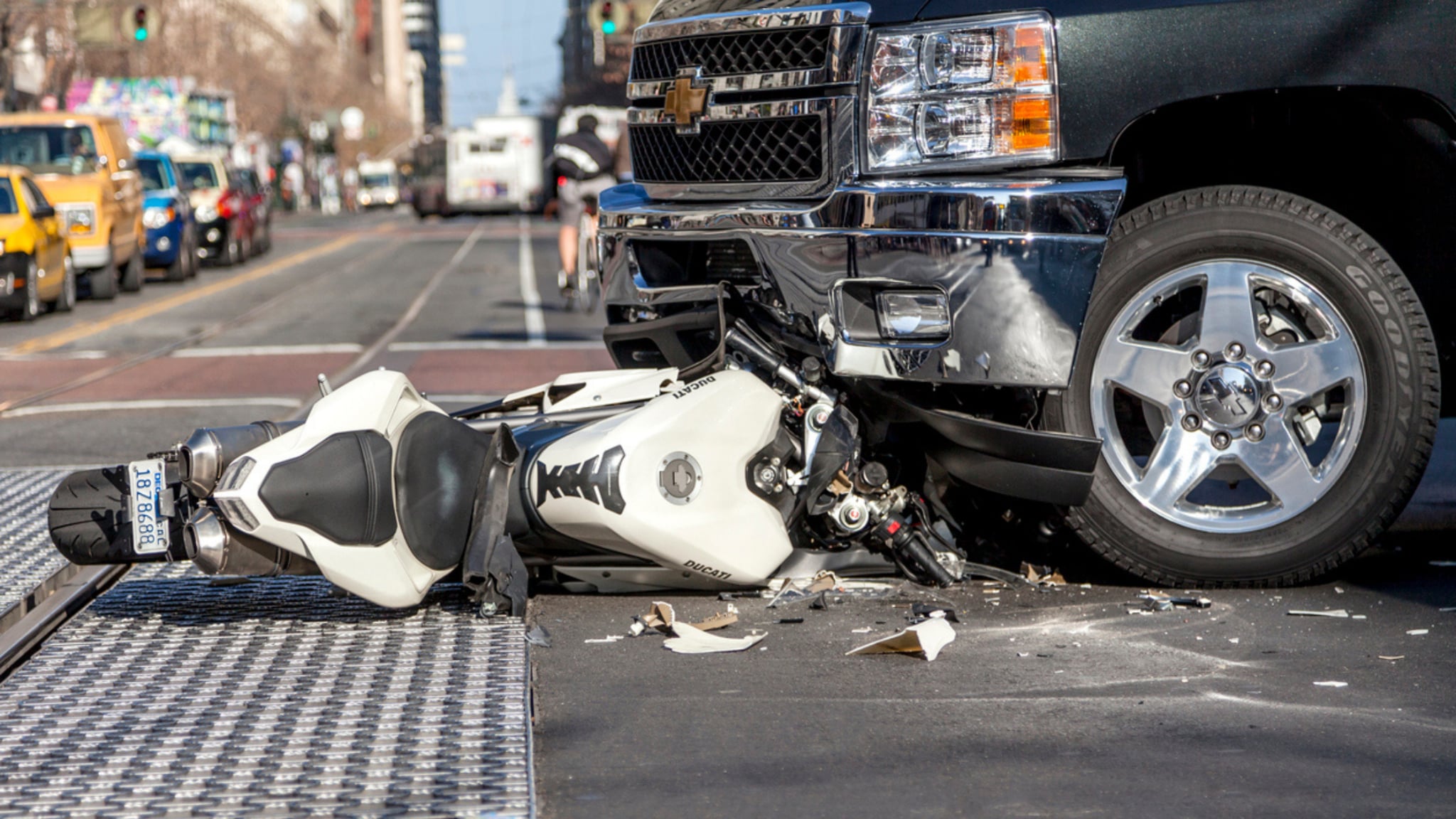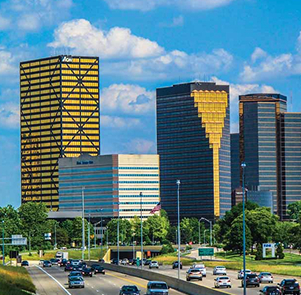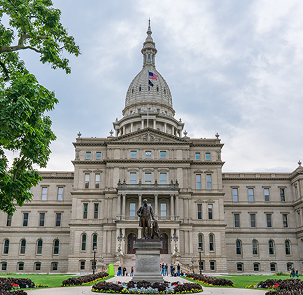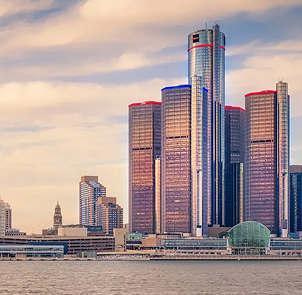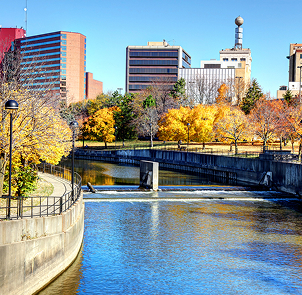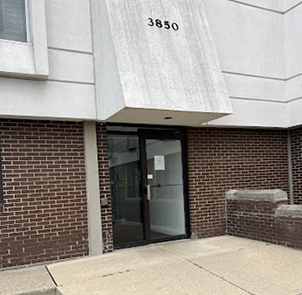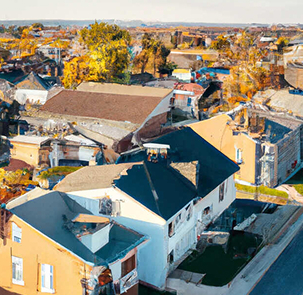Michigan Motorcycle Injuries – How to Stay Safer This Summer
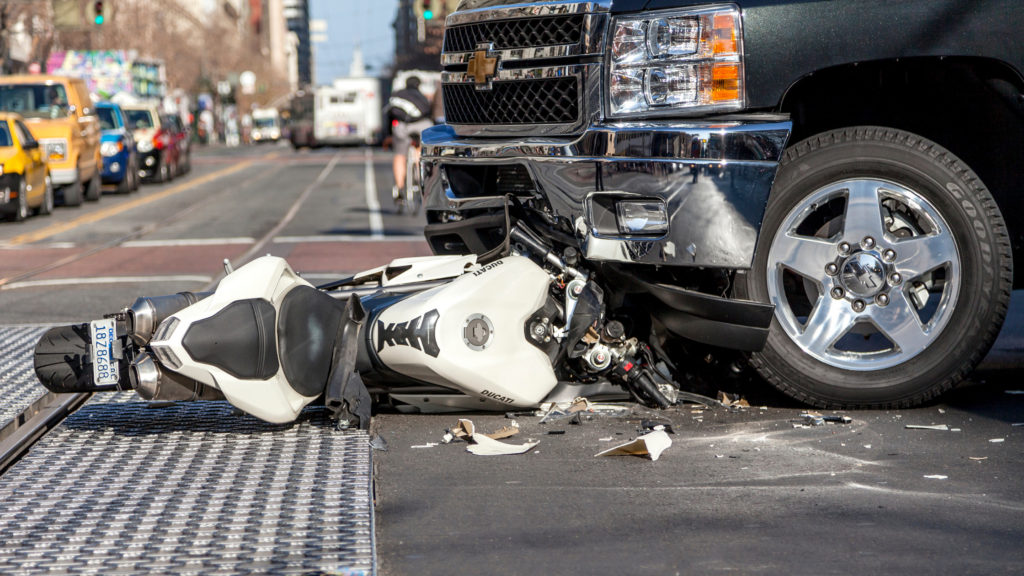
Helmet or No Helmet? That Is the Question.
To be completely clear, as personal injury attorneys, we meet riders who have been terribly injured in motorcycle mishaps, with or without helmets, on a very regular basis. So … are you more likely to die or suffer a serious injury if you ride without a helmet? The answer is quite simply, yes. Is it more enjoyable to ride with your hair blowing wildly in the slipstream? Of course, it is. But as University of Michigan research clearly points out, you’re twice as likely to suffer a head injury, and twice as likely to die if you get into a motorcycle accident when you’re not wearing a helmet. The National Highway Traffic Safety Administration backs up this data, noting that head injuries are the most common cause of death in motorcycle crashes. The bottom line is this: for better or for worse, Michigan law permits you to ride helmet-free. But you’re risking your life if you do. You should also know that other parts of the country have varied rules regarding helmet use, so before you set your GPS for a summer journey in a different state, you may want to consult this list of helmet laws published by the Insurance Institute for Highway Safety to be 100 percent sure you’re legal wherever you plan to travel.Crucial Things to Know About Motorcycle Injuries
While you’re most likely to die from a traumatic blow to the head in a motorcycle accident, other types of non-fatal injuries are more common. The most frequently injured parts of the body in a motorcycle crash are the rider’s legs (“lower extremities” to be clinical). Shattered femurs and hips can take months – sometimes years – to recover from, largely due to their size and frequency of usage. Surgeries on top of surgeries could add up to hospital bills that can drive you into financial ruin (you might find it disturbing to know that medical bills are America’s leading cause of personal bankruptcy) Second-most-common body parts for bike-related injuries are, as you might expect, the neck and head, closely followed by injuries to the “upper extremities” (arms, wrists, hands, and shoulders). Beyond broken bones and torn tendons, contact with asphalt at high speeds can lead to friction burns on the skin – commonly called “road rash” – which are usually quite painful and can become life-threatening if too severe or improperly treated. While most road rash can usually be treated by applying first aid and undergoing primary care treatment, the University of Wisconsin notes that extreme cases of road rash can require painful skin grafts.How Do I Avoid Suffering These Potential Injuries?
There are quite a few steps you can take to ensure you’re riding safely. Here are some commonsense ideas to consider: Wearing proper gear, including Kevlar-reinforced riding apparel (the same material used in bulletproof vests and body armor) can help protect against the most serious injuries. While marking a stark departure from the standard biker fashion of leather jackets, boots, and pants, wearing reflective gear is an excellent way to make other drivers notice you on the road. Keeping your head in the game (and well protected) is always a good idea. And now we return to the helmet advice we imparted earlier. To avoid life-altering or life-ending Traumatic Brain Injuries, wear a Snell-certified or DOT-approved motorcycle helmet. If you consider your life priceless, protecting your head from trauma by putting on a well-designed skid lid (to employ biker terminology) is a small price to pay for many more years of carefree — and injury-free — riding. Perform basic motorcycle maintenance. In addition to avoiding frustration with faulty equipment, basic maintenance can help you avoid getting into an accident. Changing oil is essential in preventing the engine from overheating, seizing, and causing an abrupt stop. Tire care is also crucial, since that’s what separates you from the road — if one blows while you’re riding, you could easily be thrown off your bike. Chain maintenance is also pivotal, as a neglected chain can jam the sprockets and force you to a sudden stop on the freeway. Pay attention to where you stop at a red light or stop sign. When we drive a car, we don’t have to be too aware of where we stop, but when your body isn’t safely enclosed in a vehicle, it’s a much different story. Stopping in the middle lane behind a car is a mistake; some motorists don’t notice a motorcycle stopped behind a car and end up rear-ending them — which often leads to the motorcyclist being pinned between two cars. When stopped on the road behind a car, bikers should always stop either towards the left or the right side of the car, preferably the right if the other lane has oncoming traffic. This won’t stop you from being rear-ended, but it will prevent you from being pinned between two vehicles. Avoid riding at night or in inclement weather. We know this isn’t the most popular suggestion, but it’s not without reason. According to the Insurance Institute for Highway Safety, 28% of fatal motorcycle accidents occurred between 9 p.m. and 3 a.m. in 2017, also stating that weekend night driving is especially dangerous for motorcyclists. With potentially intoxicated drivers on the road, and visibility issues for both drivers and bikers alike (not to mention the annoyance of nighttime bugs flying in your face!), it’s more prudent to hit the roads during daylight hours. Furthermore, bikers would be wise to avoid riding when it’s raining, snowing, or hailing. In addition to being uncomfortable, these conditions can cause slippery conditions or unpredictable traffic patterns on our Michigan roads that can be extremely dangerous to motorcyclists. Exercise extreme caution at intersections. Intersections can be particularly dangerous to motorcyclists. The National Academy of Sciences, Engineering, and Medicine states, “the failure of motorists to detect and recognize motorcycles in traffic is the predominating cause of motorcycle accidents.” This same study goes on to say that the most common scenario for motorcycle accidents happens in intersections when cars are turning and don’t see a motorcyclist in oncoming traffic. When you are approach an intersection of any kind, be sure to look both ways to confirm no cars are coming — even if they have a red light. Be aware of any vehicles attempting to turn left in and be primed to react accordingly if they turn right in front of you. Furthermore, be on alert for cars attempting to turn into your lane of traffic; it’s incredibly easy for them to pull in without seeing you, which requires emergency maneuvering on your part. More on that below. Practice emergency maneuvers. Regardless of your skill as a rider, it’s inevitable you’ll encounter some situation or obstacle that will require you to suddenly react — and the way you respond can have a profound impact on whether you get into an accident and sustain injury. Practicing “hard maneuvers” like sharp turns, tight circles, and quick accelerations can prove helpful in avoiding disaster. Take a few evenings and practice these maneuvers in an empty parking lot. Continue practicing throughout the course of the year to avoid getting rusty — they could mark the difference between life and death.What Are the Safest Places to Ride in Michigan?
Poet Robert Frost’s advice to take the road less traveled rings true here since it’s always safer to ride on less populated roads. Statistics bear that out: the Michigan localities with the fewest motorcycle accidents are Ontonagon, Alpena, Keewenaw, Schoolcraft, Presque Isle, and Luce Counties. What do they have in common? They’re rural, remote, and sparsely populated – in short, great places to safely unwind on your bike. As we noted in another article published a while back: “According to a United States Department of Transportation report published in 2020, motorcycle fatalities in urban areas across the country have risen 36 percent since 2010; on the flip side, they fell by 14 percent in rural regions over the same period.”Avoid These Michigan Motorcycle Accident Hotspots
Avoiding known motorcycle accident hotspots can also help you avoid injury. If rural areas are the safest places to ride, you can probably guess that urban locations are the most dangerous. Locations in Metro Detroit that are notorious for the highest number of motorcycle accidents include I-696 through Royal Oak and Madison Heights. The historic Dream Cruise route on Woodward Avenue, along with Telegraph Road, and Southfield Road are also likely places where you could take a hit if you’re riding carelessly. So are high-traffic areas near downtown Detroit along the Fisher Freeway and Grand River Avenue. We outlined the most dangerous places of all for Michigan motorcyclists in a helpful article published last spring.What Happens if You Do Get Injured on a Motorcycle?
As we’ve noted, motorcycle crashes are some of the deadliest accidents we see in our law practice. Recovery can be lengthy, painful, and some riders are never the same again. While we can’t guarantee you’ll fully recover from a serious crash, we will do our best to get you compensation if someone else was responsible for your injuries or has hurt a loved one through proven negligence or bad driving. Give us a call at 855-MIKE-WINS (855-645-3946), or click here to get in touch with a motorcycle accident legal expert immediately. We’re always on your side, and you won’t pay a cent until we win.Content checked by Mike Morse, personal injury attorney with Mike Morse Injury Law Firm. Mike Morse is the founder of Mike Morse Law Firm, the largest personal injury law firm in Michigan. Since being founded in 1995, Mike Morse Law Firm has grown to over 250 employees, served 100,000 clients, and collected more than $2 billion for victims of auto, truck and motorcycle accidents. The main office is in Southfield, MI but you can also find us in Detroit, Sterling Heights and many other locations.


